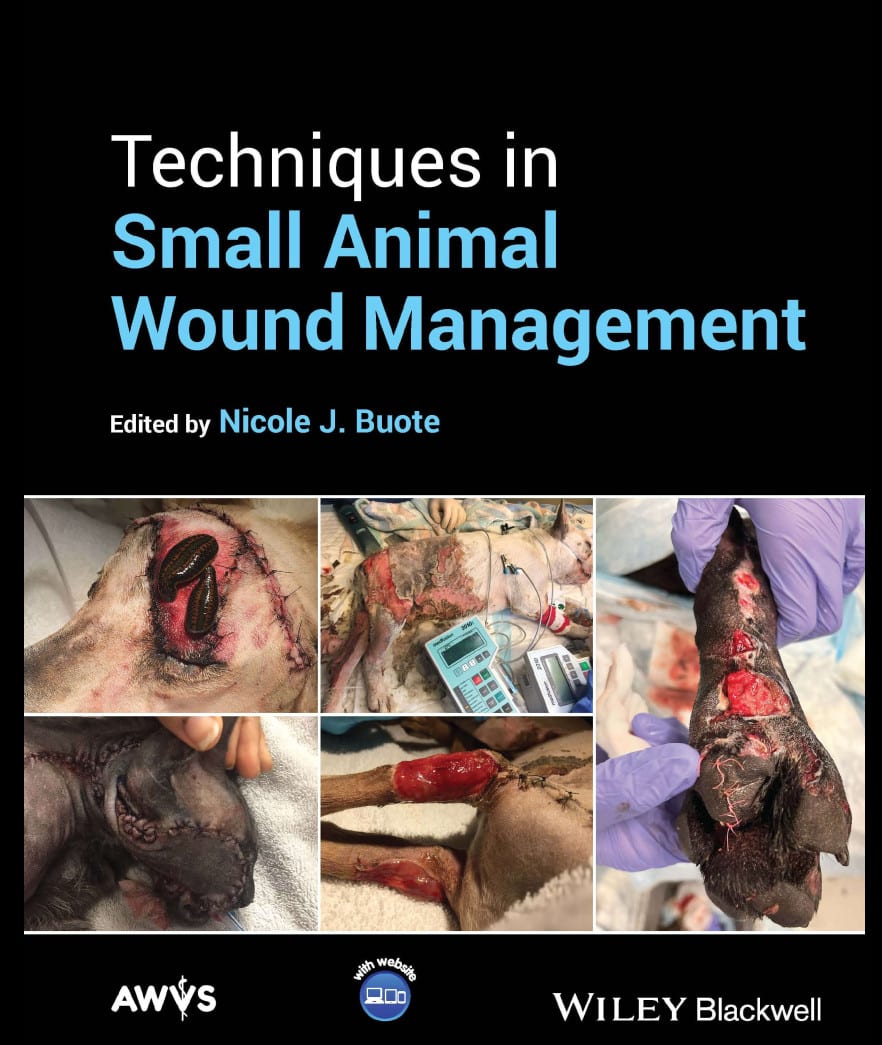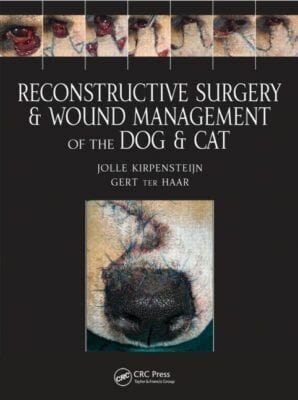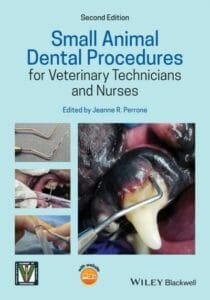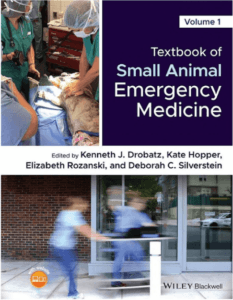
By Nicole J. Buote
Techniques in Small Animal Wound Management focuses on surgical and non-surgical management techniques for the wide variety of wounds that clinicians in any stage of training or clinical practice treat in veterinary medicine. A comprehensive but accessible guide to wound management in small animal patients, this textbook covers all important wound management modalities and available products. This book includes detailed information on currently available products, including specific indications and instructions for use, and step-by-step descriptions of techniques used to treat wounds, making it an indispensable resource for small animal veterinary practitioners.
Topics discussed in Techniques in Small Animal Wound Management range from the anatomy of wounded tissues, phases of healing, and classification of wounds to initial treatments, dressings, vacuum-assisted bandages, and surgical reconstructions.

This Book is Available For Premium Members Only













![Ettinger’s Textbook of Veterinary Internal Medicine 9th Edition [PDF+Videos] Ettinger’s Textbook of Veterinary Internal Medicine 9th Edition [True PDF+Videos]](https://www.vet-ebooks.com/wp-content/uploads/2024/10/ettingers-textbook-of-veterinary-internal-medicine-9th-edition-100x70.jpg)

![Textbook of Veterinary Diagnostic Radiology 8th Edition [PDF+Videos+Quizzes] Thrall’s Textbook of Veterinary Diagnostic Radiology, 8th edition PDF](https://www.vet-ebooks.com/wp-content/uploads/2019/09/textbook-of-veterinary-diagnostic-radiology-8th-edition-100x70.jpg)






